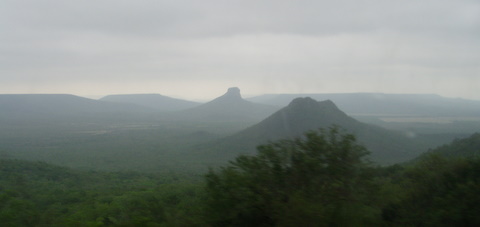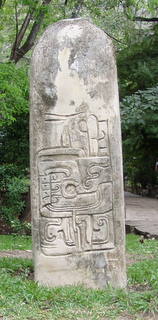Xilitla municipality
Sunday morning found us on the highway south, headed to the Xilitla municipality. This part of San Luis Potosí was very near the state line of Querétaro, but we did not go that far south. Instead we headed up into the green mountains, and forsaking the paved highway the van slowly crawled along the rocky roads along the slopes. I refrain from saying “dirt roads” because this would be misleading–the roads were paved with quite large rocks, making any speed whatsoever in a vehicle quite difficult. As we saw various people crossing the road as they took the footpaths through the hills, I could not help but envy them. How much I wished I could be out on the trails, taking a faster pace but also being able to enjoy God’s creation up close. But I was confined to the van, so I was content.
These mountains are not as rugged as those of central Mexico, and are probably not as high due to their close proximity to the ocean. They reminded me much of the Appalachians, since they were all green and covered with foliage. Beneath this outer covering, however, they are solid rock. As we followed the meandering road, mist overhung the mountains and we were soon in the clouds. Across the valley we were able to see the town of Xilitla–the chief city of that region–and all along the way the scenery was beautiful. There were numerous cattle grazing on the mountainsides, and as I watched the verdant landscape with occasional stone fences and steps, I could almost fancy myself in Ireland or Scotland.
At long last we turned off the road and came up to a concrete building painted turquoise on the front. As I read the words Iglesia de Cristo on the front, I knew we had arrived. We were running behind schedule, but since Mexicans are wont to do this as well, I’m sure no one minded waiting on us. Quite a few people came out to greet us, even with a holy kiss. Though this may seem odd, it is the custom of some, and it is certainly Biblical. Read More
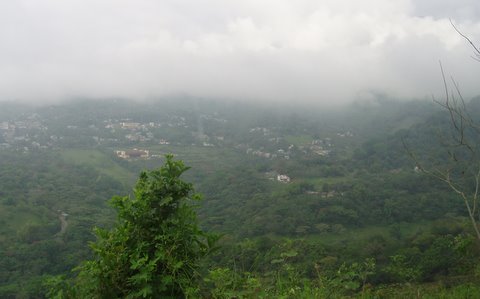
 “No Destruya las Señales,” that is, “Don’t Destroy the Signs.”
“No Destruya las Señales,” that is, “Don’t Destroy the Signs.”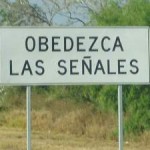 “Obedezca las Señales,” which means “Obey the Signs.”
“Obedezca las Señales,” which means “Obey the Signs.”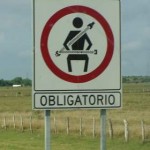 Yes, you have to wear your seatbelt, even in Mexico! (In fact I would recommend it, seeing how some people drive down there.)
Yes, you have to wear your seatbelt, even in Mexico! (In fact I would recommend it, seeing how some people drive down there.)